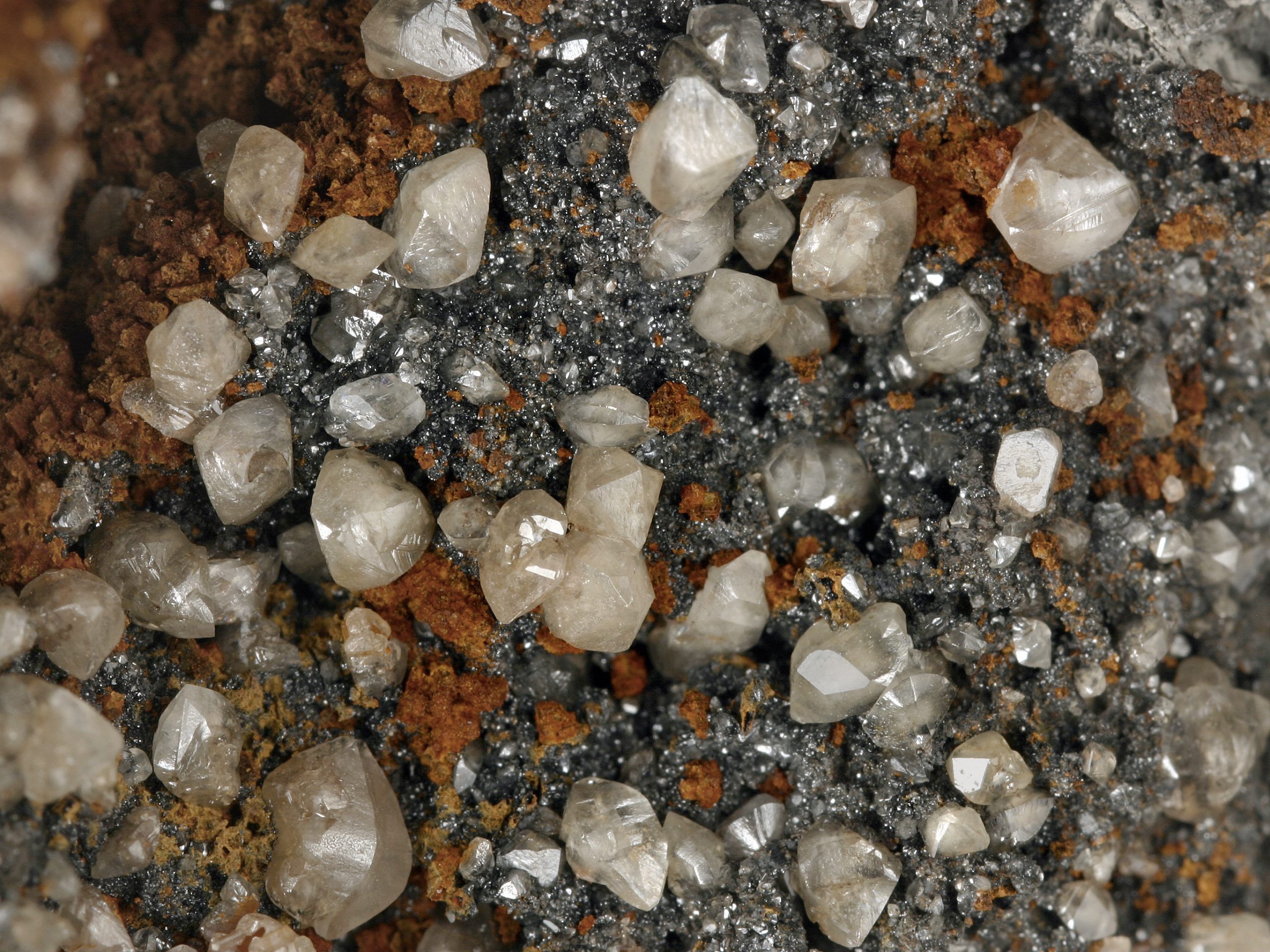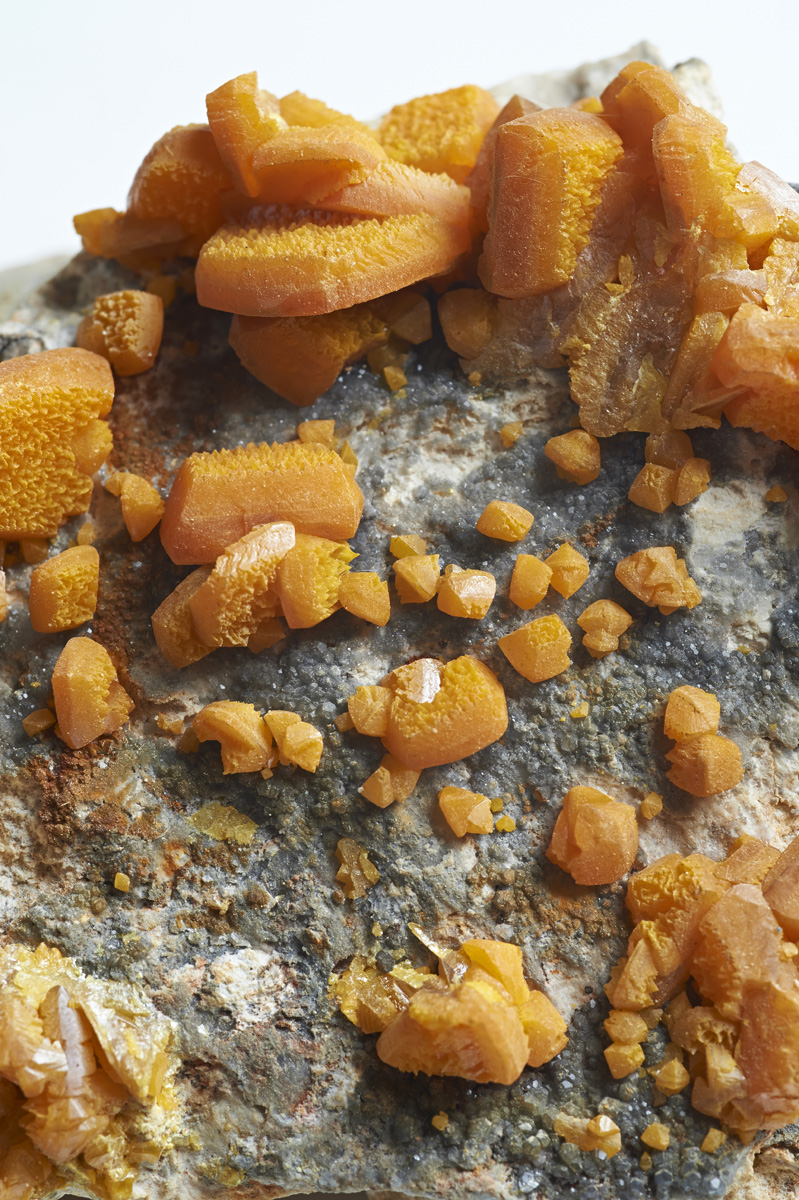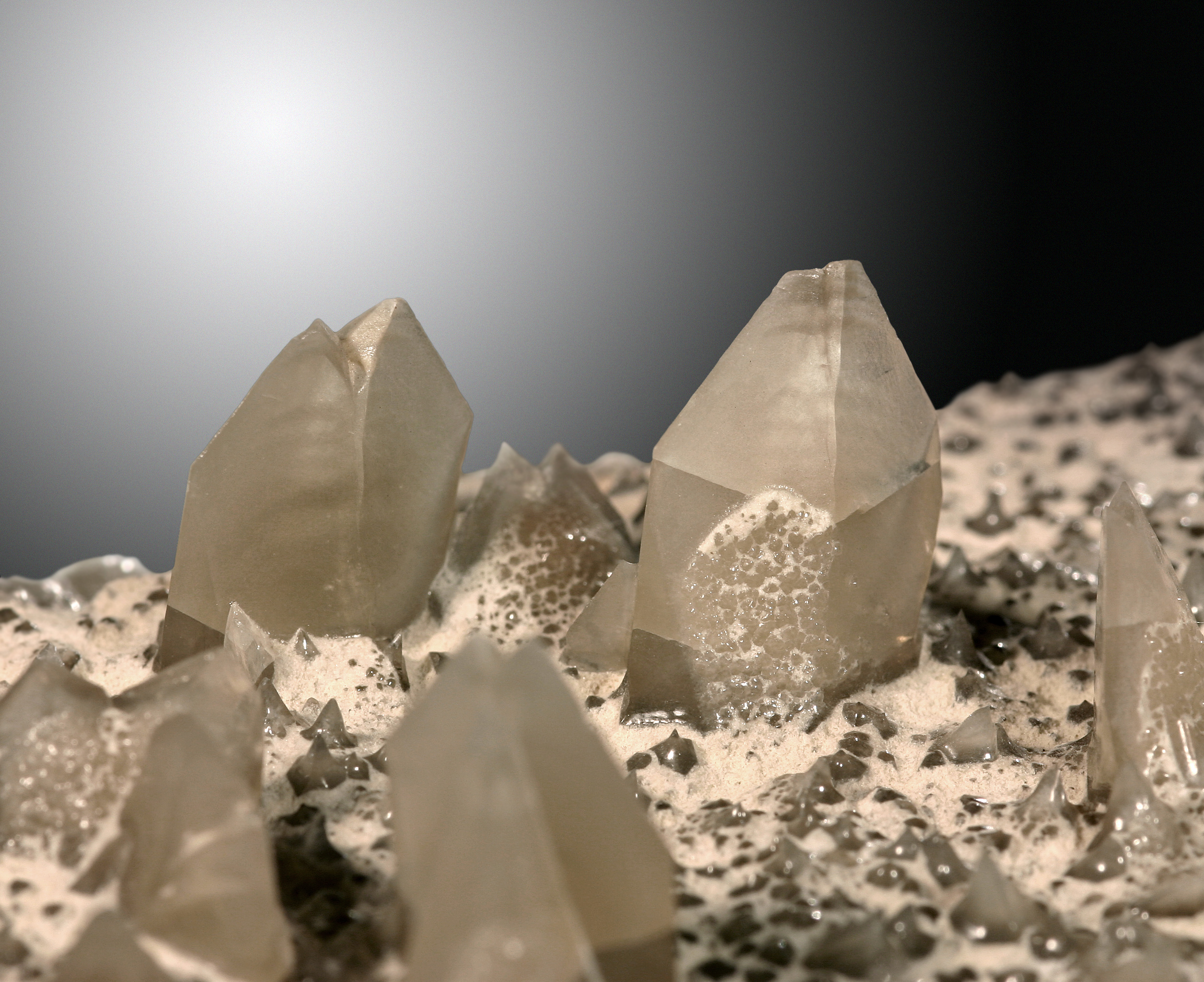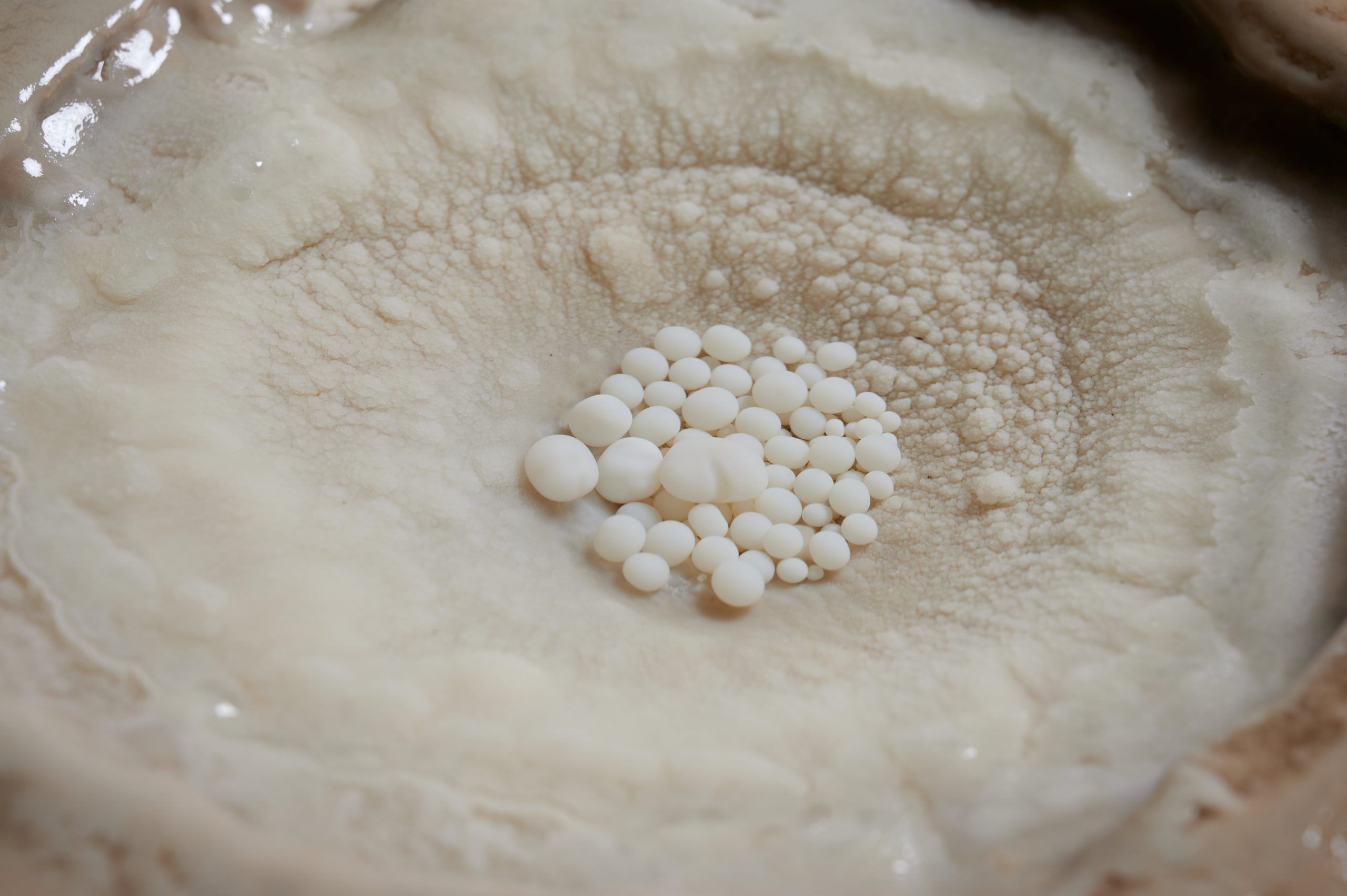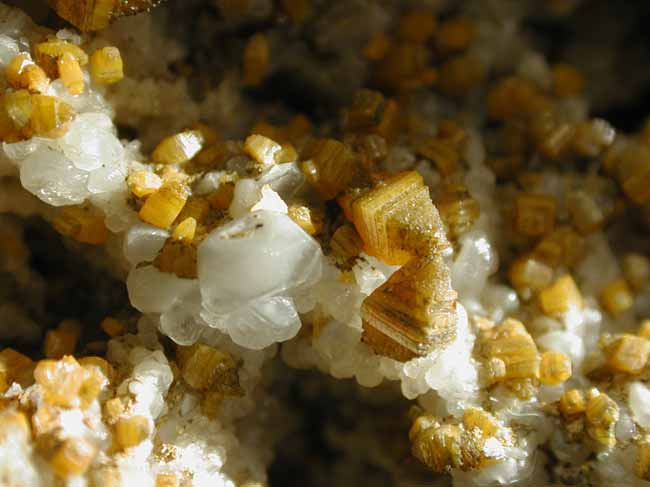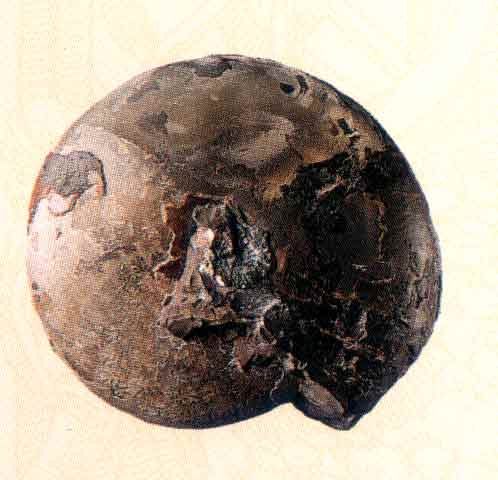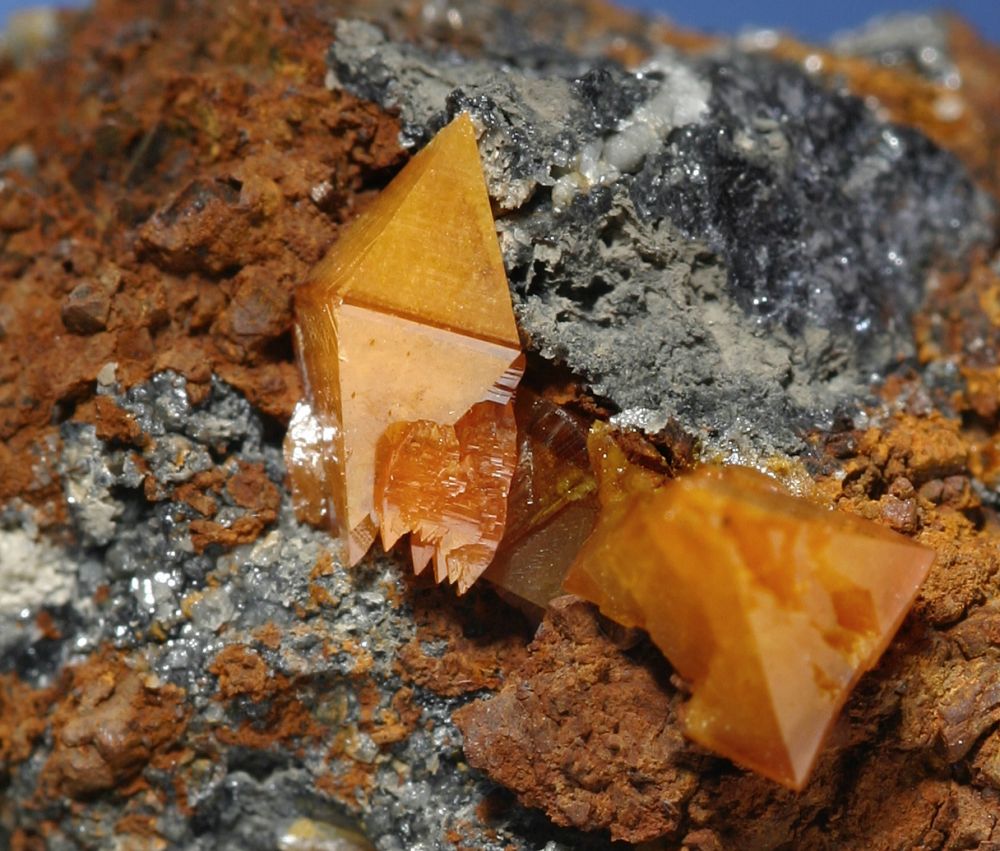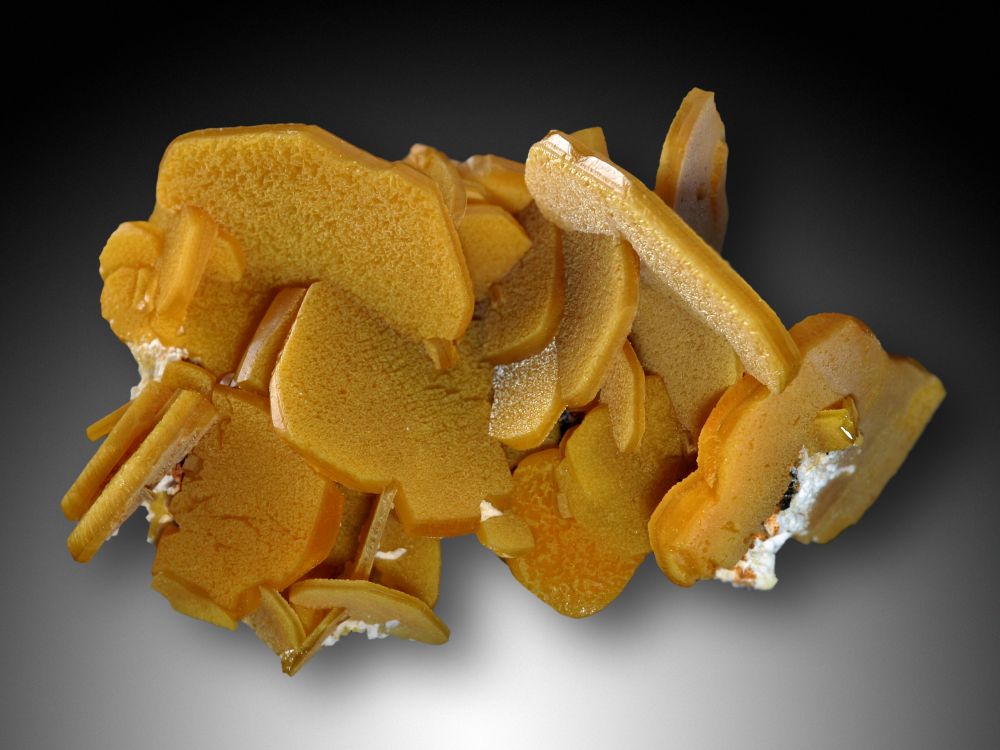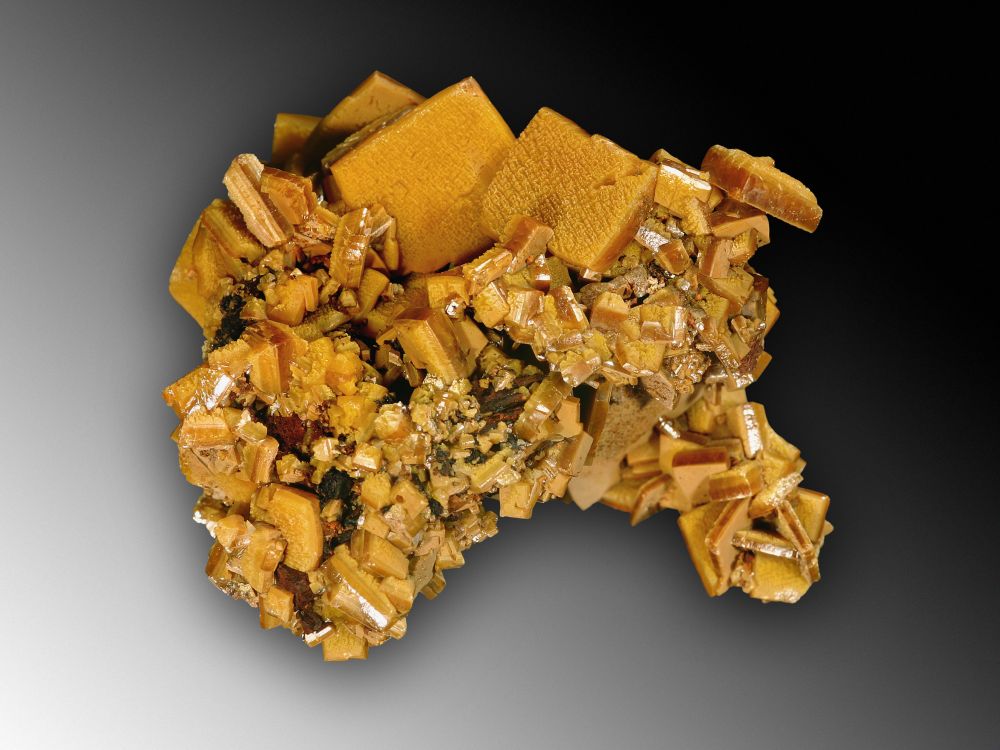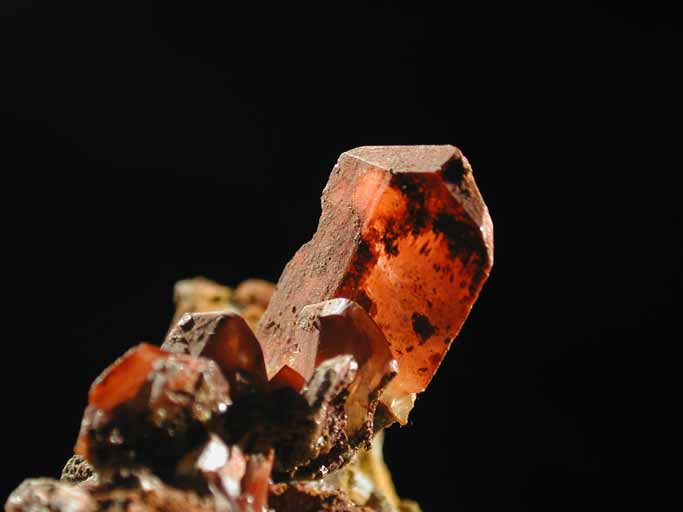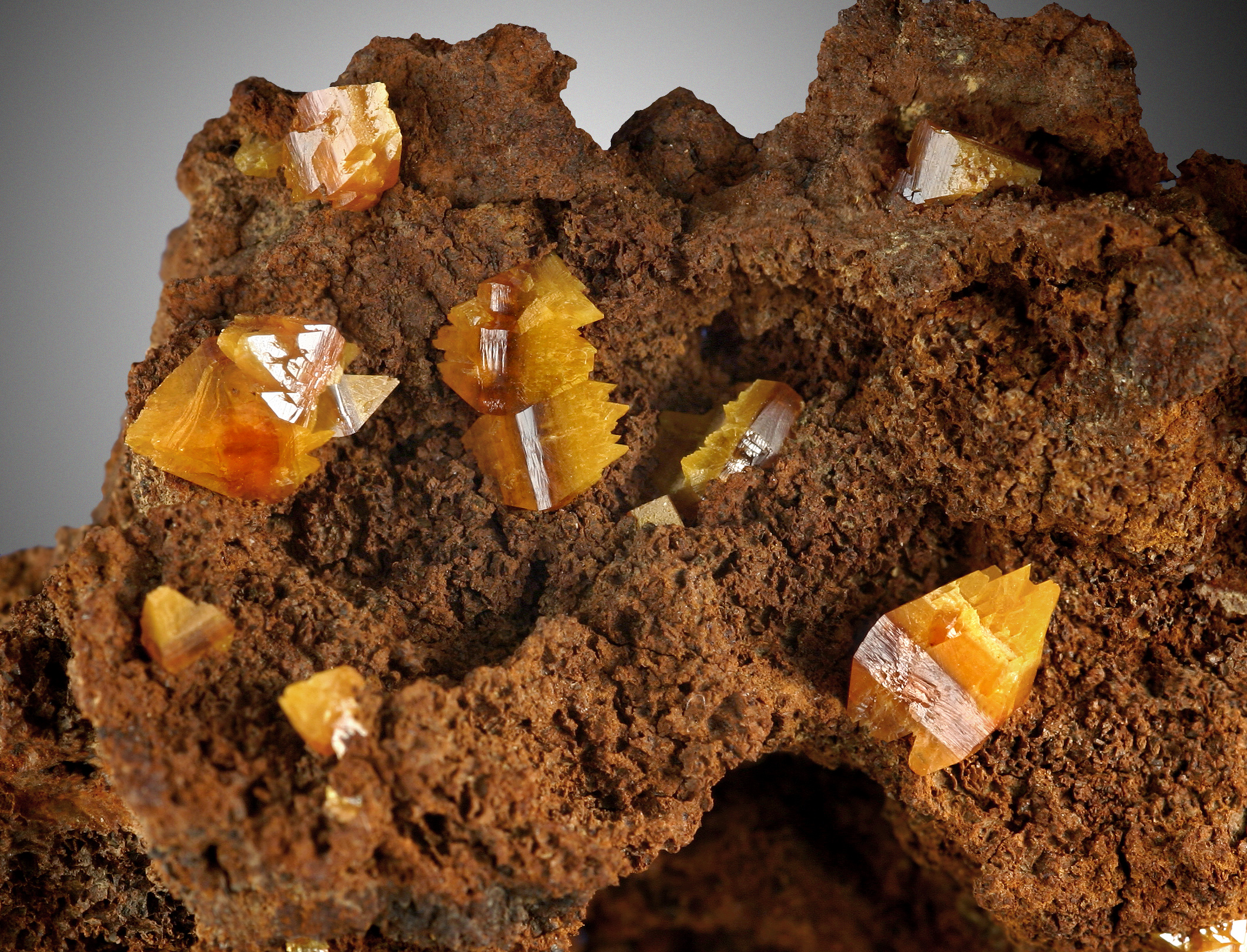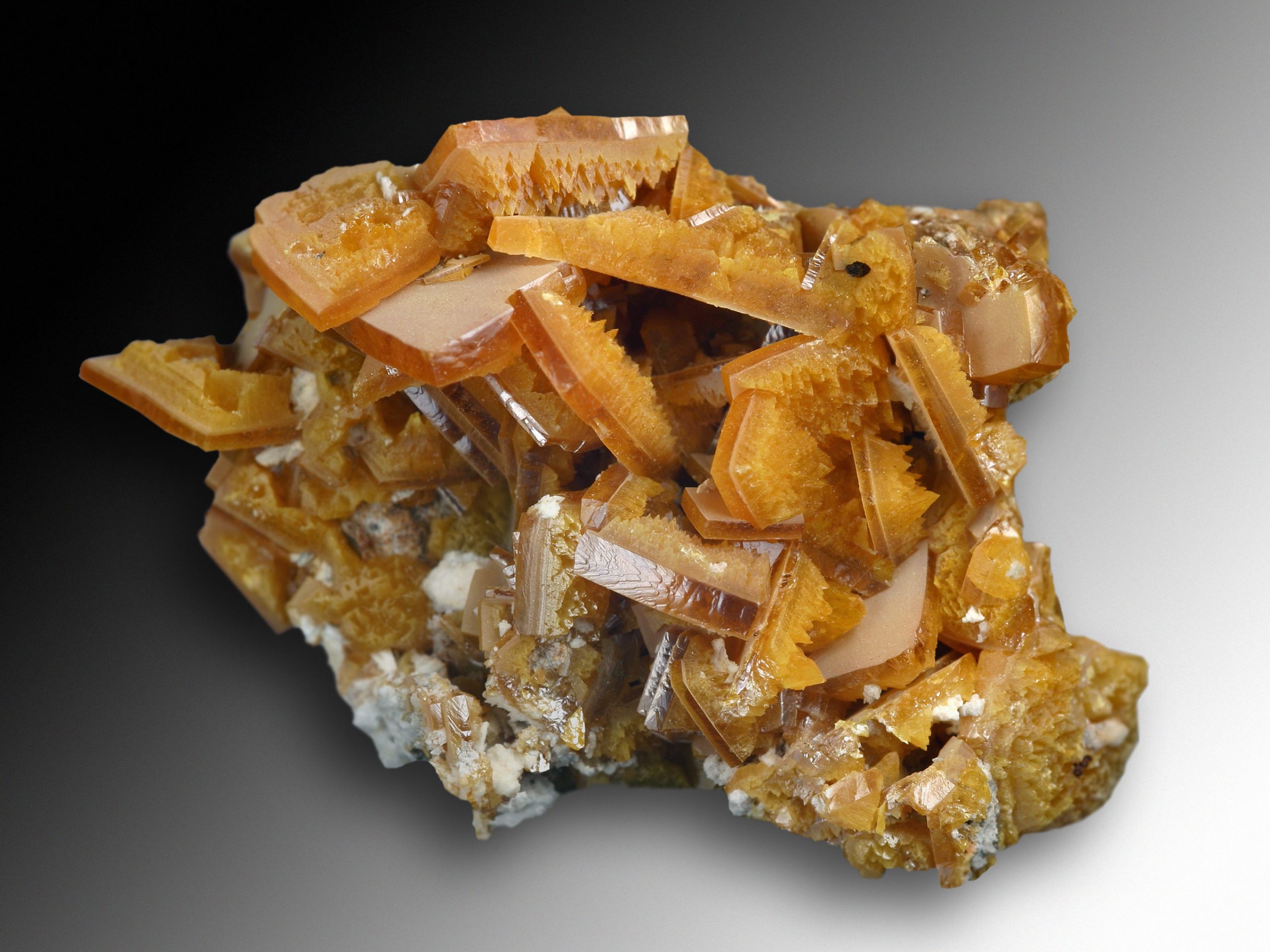Mankind has always looked in its development for substances that made life easier or better. Metals have played an important role, and areas where minerals, metal carriers, were found also played a special role. The area of North Karavanke with Peca and Uršlja Gora is also included, the interior of which is riddled with many tunnels due to the extraction of metals. A simple mineral composition is characteristic of the Mežica lead-zinc tools. 30 different minerals are currently known. The primary minerals are galena, sphalerite, wurtzite, marcasite, pyrite, dolomite, calcite, fluorite and barite, and the secondary minerals that occur in the oxidation zone are cerussite, anglesite, wulfenite, minium, massicot, lithargite, hydrozincite, smithsonite, greenokite, melanterite, limonite etc. Lead-zinc ore contains very little of the latter elements, only cadmium and germanium occur in slightly higher concentrations in sphalerite. From a commercial point of view, the most important ore minerals were galena (lead glance), with the chemical composition PbS, and sphalerite, with the chemical composition ZnS. During the oxidation processes, secondary minerals were formed, wulfenite (PbMoO4) being the best known with its various crystal forms and intense yellow-brown colours. The Mežica mine is known as Europe’s richest deposit of the wulfenite mineral. Calcite (CaCO3) is the most common mineral of Mežica ores. Since it is a tailings mineral, it has not been given too much attention in the past. It is known for its beautiful crystal forms. The crystals are transparent, but they can be differently coloured and/or covered with thin coatings of iron oxides due to additives.
You can find more interesting information about the minerals of the Mežica ores in the article at the link:
https://www.zobodat.at/pdf/Scopolia_Suppl_3_0032-0051.pdf




